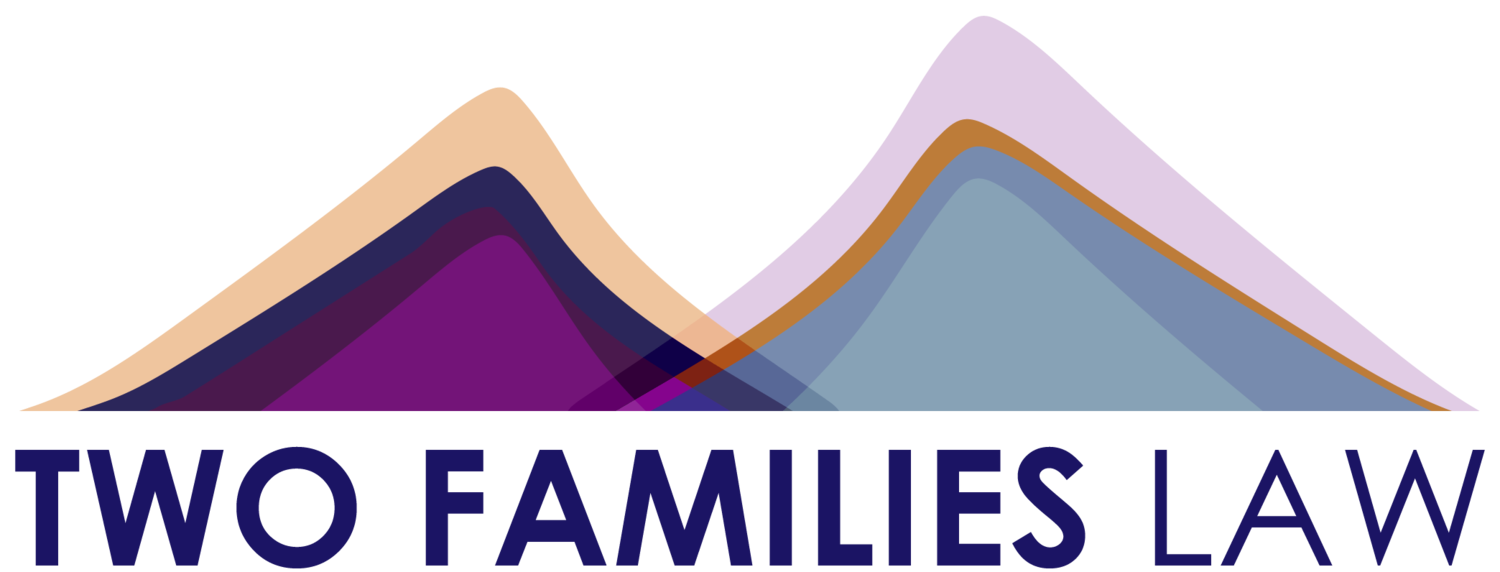By Megan-Reilly Dreas
Megan Reilly-Dreas is Two Families Law’s newest collaborative attorney. Before joining the firm, Megan worked in publishing, non-profit development, as a clerk in the NC Court of Appeals, and in family law litigation. We asked her to share what it’s been like to see the collaborative divorce process with fresh eyes. This post is what Megan shared.
When thinking about how I found myself working in collaborative law, the famous Robert Frost poem The Road Not Taken comes to mind. It reads in part:
“Two roads diverged in a wood, and I—
I took the one less traveled by,
And that has made all the difference.”
Rarely if ever do we hear about a family court proceeding that leaves the parties feeling restored and respected. This is because the underpinnings of the American legal system require an adversarial process. There are plaintiffs and defendants, wrong-doers and those who have been wronged, victims and perpetrators. In the context of family law, the very structure of litigation belies the nuanced nature of the subject matter, often leaving scorched earth where there was an opportunity for growth and healing. This is why collaborative law as an alternative to expensive, invasive, and often times traumatizing litigation was so attractive to me.
While in law school, I had the opportunity to work as a student attorney practicing family law in a traditional, litigation setting. I was struck by how the whole process felt like a high-stakes game of telephone. The client would tell the lawyer what they wanted, then the lawyer would tell the other party’s lawyer what their client wanted, and that lawyer would tell their client what the other client wanted ….. and even as you read this sentence you can see how things could get lost in translation. Being a student attorney with little experience in this area, I asked, “why can’t everyone sit down at the same table and talk it out?” The chuckle and side to side head shake from my supervising attorneys was enough for me to glean the answer: IMPOSSIBLE.
But that was incorrect. Open communication, vulnerability, and alignment of values and goals is possible, though not always easy. I began looking for alternatives to traditional family law — ones that held up the health and welfare of all family members as core to the process — and found collaborative law. With transparency, vulnerability, and full-disclosure acting as the linchpins for the collaborative process, couples can commit to keeping their family law matters out of court, opting instead to draft a legally binding agreements, according to their terms and based on guidelines that work for them specifically.
In that respect, the collaborative process returns power to the families and makes space for healing and growth to begin. And while it is the road less traveled, it does makes all the difference both for the families who commit to it and the lawyers who practice it.

